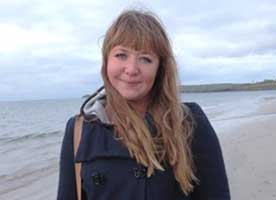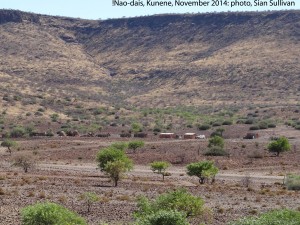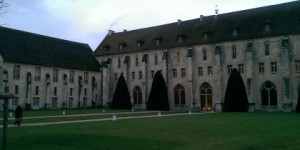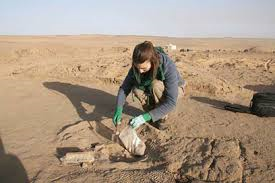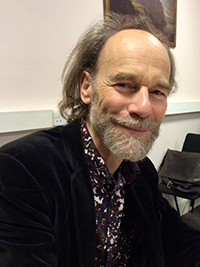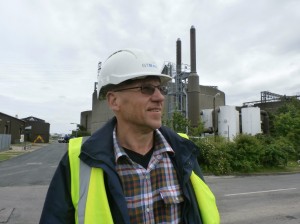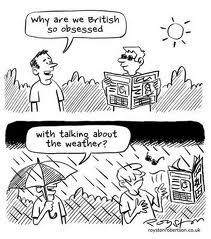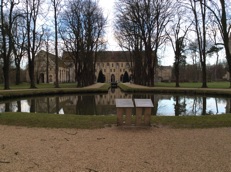 Fondation Royaumont, Val d’Oise, France 16-17 January 2015
Fondation Royaumont, Val d’Oise, France 16-17 January 2015
By Michael Northcott, m.northcott@ed.ac.uk
A Franco-British Research Workshop of grant holders from the AHRC’s Care for the Future grant call and LABEX’s (Laboratory of Excellence) grant call ‘Les passes dans le present: histoire, patrimoine, memoire’ was held at the former Cistercian Abbey of Royaumont 20 miles north of Paris in January 2015. The Abbey was built in the thirteenth century and patronised by Louis XIV. It is situated in a large walled enclosure of gardens, water features and stone buildings. Over the centuries the monks instituted some remarkable hydrological features. Continue reading

